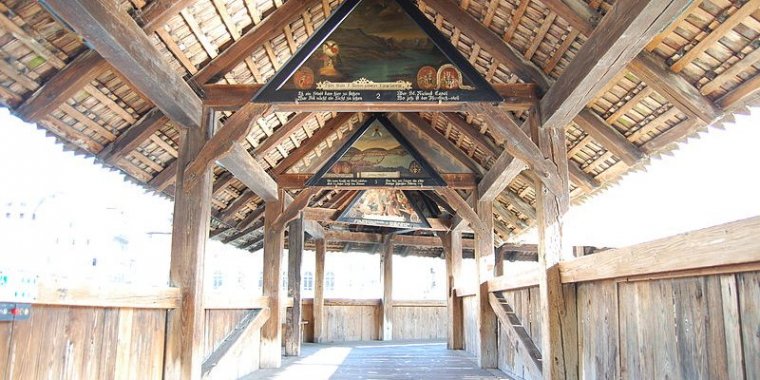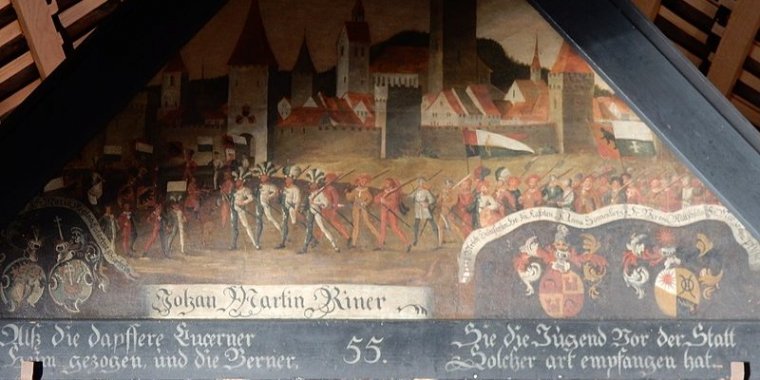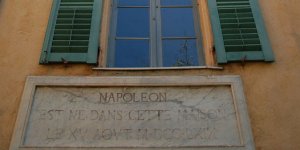| Published in Attractions / Places of Interest |
Chapel Bridge (Kapellbrücke), Lucerne, Switzerland
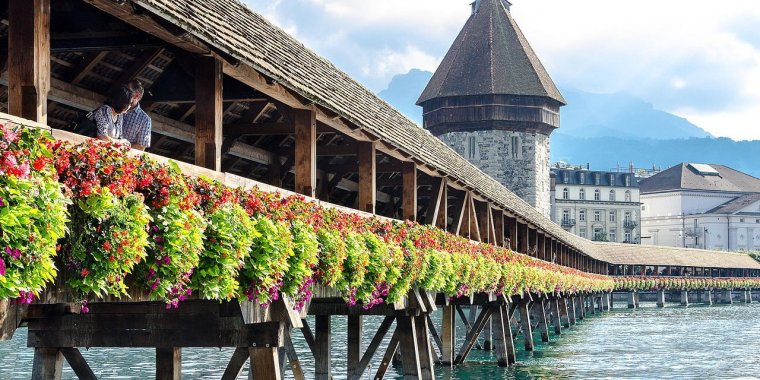
Kapellbrücke, Lucerne, Switzerland. ![]()
The Kapellbrücke (literally, Chapel Bridge) is a covered wooden footbridge spanning the River Reuss diagonally in the city of Lucerne in central Switzerland. Named after the nearby St. Peter's Chapel, the bridge is unique in containing a number of interior paintings dating back to the 17th century, although many of them were destroyed along with a larger part of the centuries-old bridge in a 1993 fire. Subsequently restored, the Kapellbrücke is the oldest wooden covered bridge in Europe, as well as the world's oldest surviving truss bridge. It serves as the city's symbol and as one of Switzerland's main tourist attractions.
Part of the bridge complex is the octagonal 34.5 m (113 ft) tall (from ground) Wasserturm, which translates to "water tower," in the sense of 'tower standing in the water.' The tower pre-dated the bridge by about 30 years.
Over the centuries, the tower has been used as a prison, torture chamber, and later a municipal archive as well as a local treasury. Today, the tower is closed to the public, although it houses a local artillery association and a tourist gift shop.
The bridge itself was originally built c.1365 as part of Lucerne's fortifications. It linked the old town on the right bank of the Reuss to the new town on the left bank, securing the town from attack from the south (i.e. from the lake).
The bridge was initially over 270 metres (890 ft) long, although numerous shortenings over the years and river bank replenishments mean the bridge now totals only 204.7 metres (672 ft) long. It is the oldest surviving truss bridge in the world, consisting of strutted and triangulated trusses of moderate span, supported on piled trestles; as such, it is probably an evolution of the strutted bridge.
Lucerne is unique in that its three wooden pedestrian bridges, the 14th-century Hofbrücke (now destroyed) and Kapellbrücke and the 16th-century Spreuerbrücke, all featured painted interior triangular frames. None of Europe's other wooden footbridges have this feature.
The paintings, dating back to the 17th century and executed by local Catholic painter Hans Heinrich Wägmann, depict events from Lucerne's history. Of the original 158 paintings, 147 existed before the 1993 fire. After the fire, the remains of 47 paintings were collected, but ultimately only 30 were fully restored. (Wikipedia)
YOU MAY ALSO LIKE

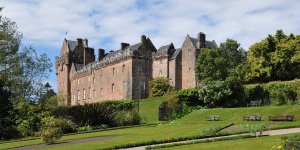
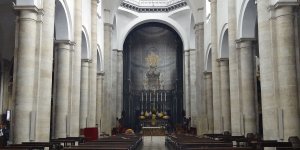

 If you own or manage a travel-related business such as a hotel, a bed-and-breakfast, a restaurant, a pub or a cafeteria, you can create a web page for your business for free on Titi Tudorancea Travel Info. » |
